Retinol body moisturisers are trending – but is it actually a good idea to use one?
We asked a dermatologist and an aesthetic doctor, and they had thoughts
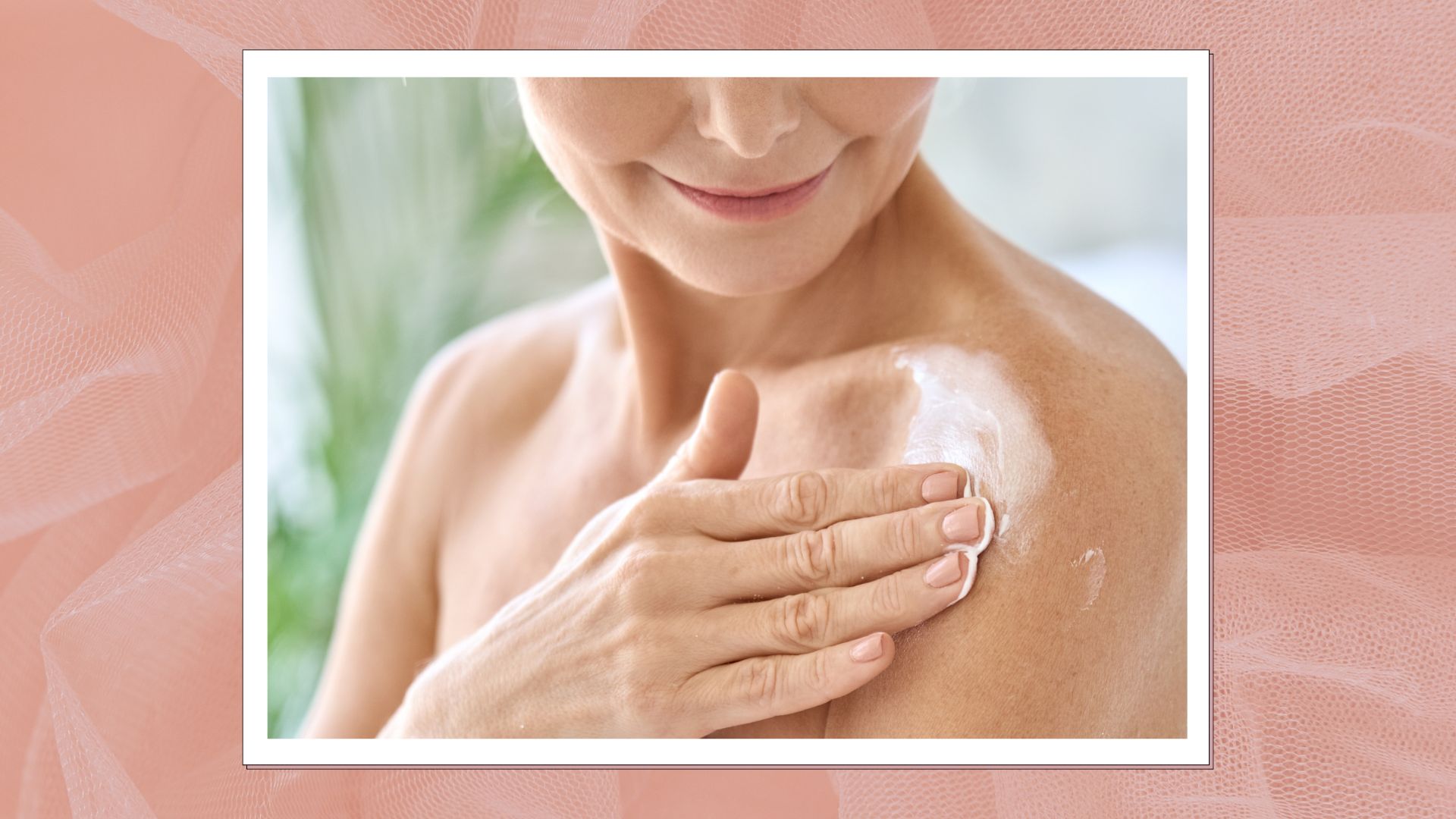

Hands up if you pay as much attention to the skin on your body as you do the skin on your face? We’re guessing there are very few hands in the air – and even if yours is up, we’re not sure we believe you.
The skin on our bodies is often neglected when it comes to lotions and potions for two simple reasons. We don’t look at it as often as we do our faces, and there’s much more of it, so it’s harder to keep tabs on. Many of us will have one of the best retinol creams in our nighttime skincare routine, but have you considered a retinol body moisturiser too?
Just like using retinol on your face, there are potential retinol mistakes that can be made with body care, so it’s a smart idea to swot up before slathering your skin in it. To keep you on the straight and narrow, we asked two leading experts to help you decide whether retinol body moisturisers are a worthwhile addition to your routine.
Can you use retinol on your body?
When most people say retinol, what they’re referring to are retinoids – a family of ingredients that retinol is a part of. Retinoic acid is the most potent kind of retinoid and is only available on prescription.
Unless you had very severe back acne, it’s unlikely you’d ever use a retinoid this strong on your body. Retinol body moisturisers usually contain retinol, retinal or what’s known as a retinyl ester, which essentially means a diluted form of retinol mixed with another ingredient. These cosmetic ingredients are suitable for use on the body, as long as they’re in a product formulated for that purpose – but more on that later.
What are the benefits of using retinol on the body?
Retinol body moisturisers boast plenty of potential benefits. “Retinoids like retinol promote skin renewal and improve overall skin health by accelerating the turnover of epidermal skin cells, helping to shed dead cells and encourage the growth of fresh, healthy skin,” explains Dr Stefanie Williams, dermatologist and Medical Director of dermatology and skin wellbeing clinic, EUDELO. This turnover process happens naturally but slows as we age.
“Retinol also boosts collagen production, which can improve the skin’s firmness and elasticity and is especially beneficial for areas that may lose firmness over time, such as the abdomen, thighs and upper arms,” continues Dr Williams. “Retinol can smooth rough patches, especially in areas like elbows, knees and heels, where skin can become thickened and dry. It can also be very useful for improving keratosis pilaris.”
Sign up to our free daily email for the latest royal and entertainment news, interesting opinion, expert advice on styling and beauty trends, and no-nonsense guides to the health and wellness questions you want answered.
If visible marks are bothering you, “retinol can also help fade dark spots and the mottled pigmentation of chronic sun damage by encouraging exfoliation," adds Dr Williams. This will have the biggest impact on areas that see the most sun, like your chest and the tops of your shoulders. “It also helps prevent and improve acne on areas like the back and chest by keeping pores clear and reducing inflammation.”
We think it’s fair to say that retinol is just as good at improving the skin on our bodies as the skin on our faces.
Are there any downsides?
If you’re wondering where the catch is, it’s here. There are three potential downsides of using a retinol body lotion. The first is that it can cause initial retinol flaking and irritation. The flaking can be avoided, though, as long as you introduce retinol into your routine nice and slowly.
“As with any new skincare product, ideally, you would perform a patch test on a smaller area for one week to check you are tolerating it well,” explains Dr Williams. “For retinoids in general, always start slowly and increase the frequency of use gradually to help your skin get used to it." How often you use retinol is down to how your skin feels. More isn’t necessarily more.
The second potential downside is that retinol and sunshine don’t mix. Retinoids turn over the top layer of skin to reveal the younger skin beneath, and because this skin is so fresh, it’s more likely to burn. That doesn’t mean you can’t use retinol body creams during the summer months. “In a UK climate, I don’t consider it necessary to stop using retinoids in the summer,” advises Dr Williams. “However, if you are going on a beach holiday to a hotter climate, I suggest stopping using your retinoid five to seven days before the holiday and only restarting when you’re back.”
“Always apply retinol at night to minimise the increased risk of sun sensitivity and to help the product work more effectively while you sleep,” continues Dr Williams. “Make sure to apply a broad-spectrum sunscreen with SPF50 to any exposed areas of your body during the day and reapply as needed.”
Finally, keep in mind that retinol is a strong ingredient and can cause irritation if layered with the wrong ingredients. Dr Williams cautions against teaming retinol with “potentially irritating active ingredients like AHAs and salicylic acid, as they can increase the risk of irritant reactions."
Retinol body lotions to try
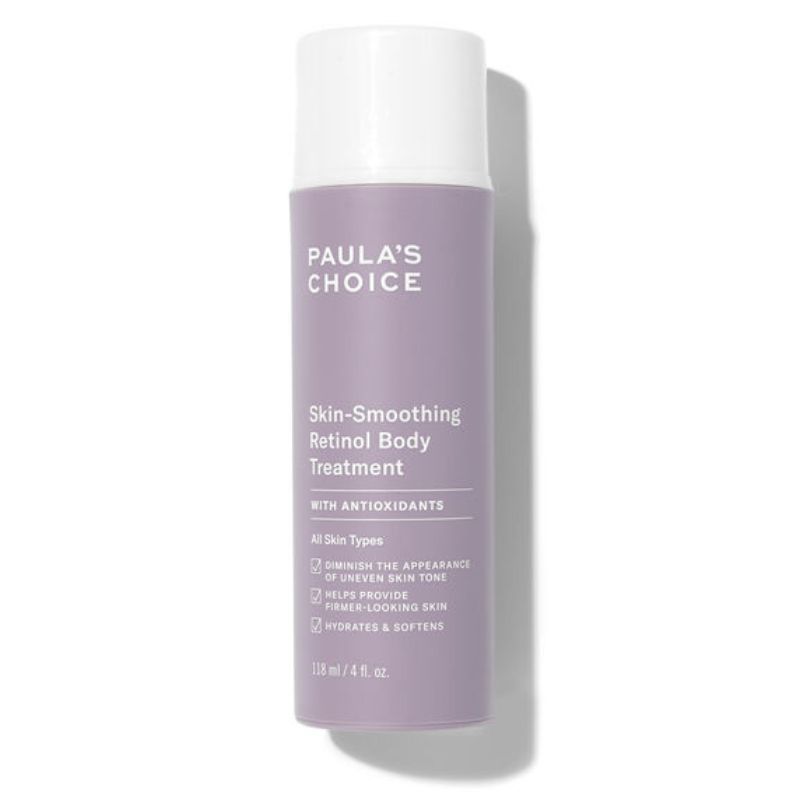
RRP: £34
A great buy for retinol body first-timers, this is formulated with soothing emollients to counteract any potential flaking.
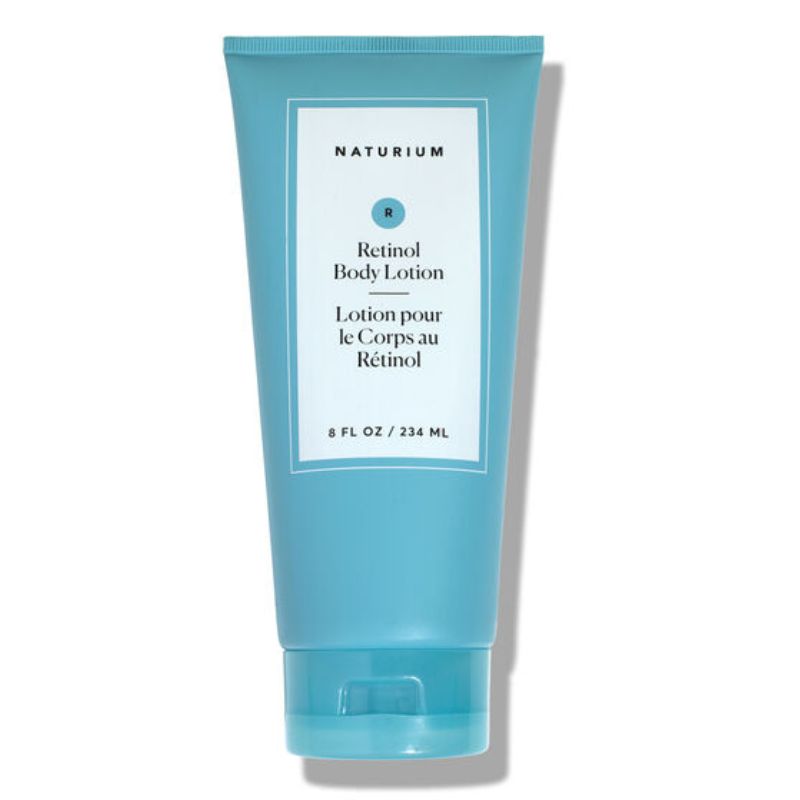
RRP: £27
This lotion uses an encapsulated form of retinol that helps it to get exactly to where the skin needs it. It's also fragrance free.
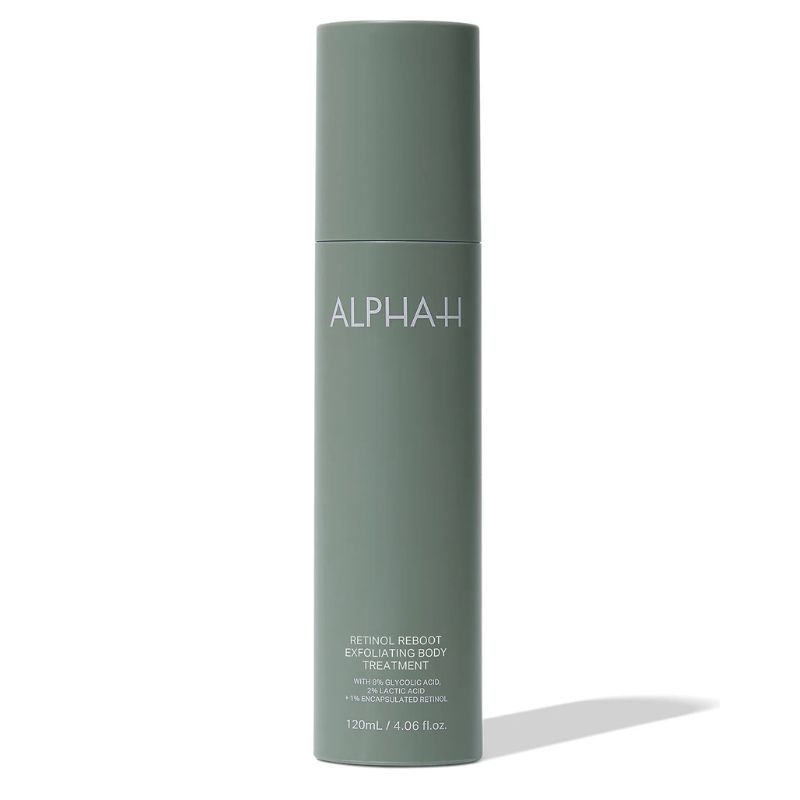
RRP: £31.99
Perfect for repairing skin that's had too much sun over the years, this firms crepey skin, fades hyperpigmentation and smooths uneven texture.
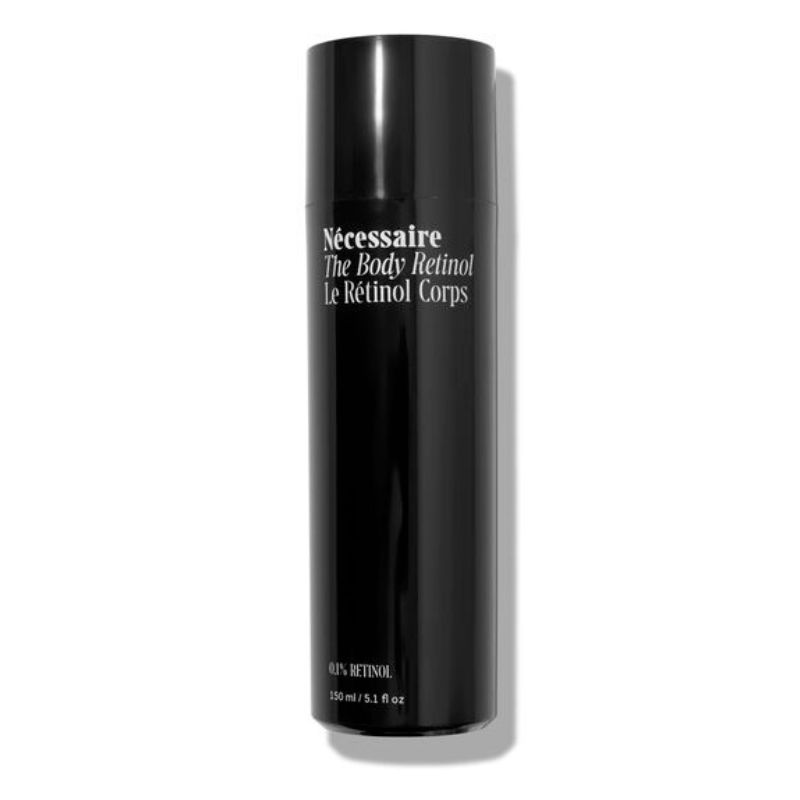
RRP: £55
A high-strength retinol moisturiser that teams a high percentage with AHAs and vitamin C to brighten and smooth skin fast.
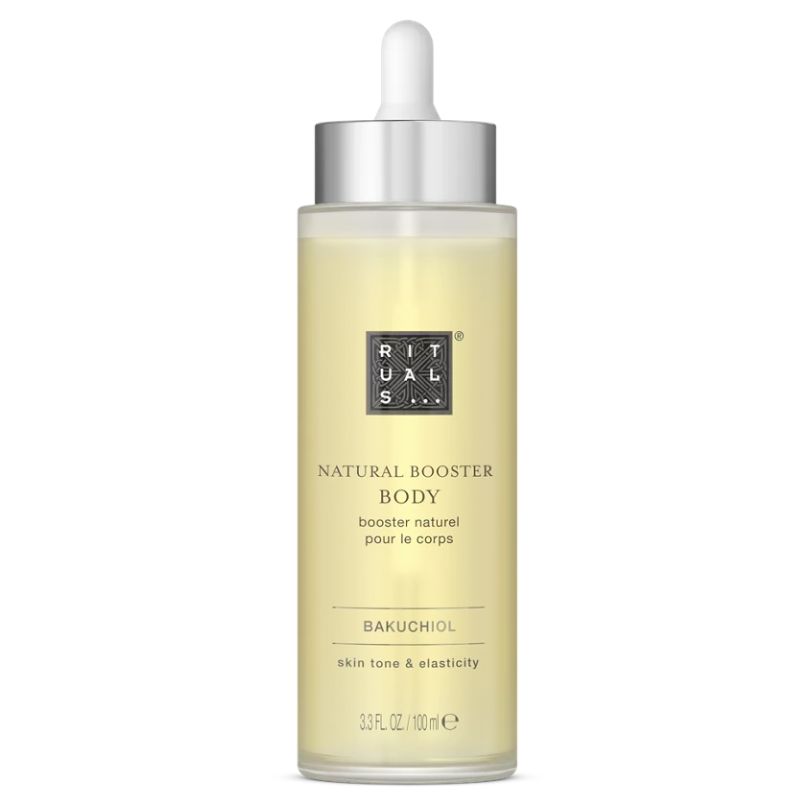
RRP: £34
Bakuchiol offers similar results to retinoids if you're pregnant or breastfeeding. Add a little to your normal moisturiser.
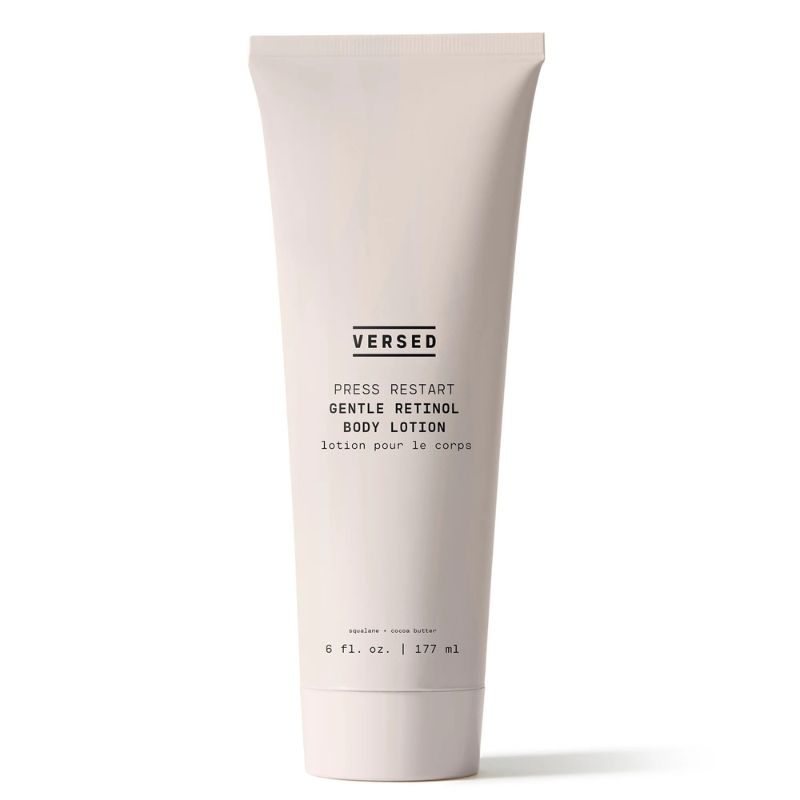
RRP: £16.50
Lightweight but super nourishing, retinol is teamed with cocoa butter and squalane to nourish even the driest skin.
Can I just use my retinol face serum on my body?
A recent change in legislation has limited the maximum percentage of retinol in a face product to 0.3%, and to a considerably lower 0.05% in retinol body products. Why? "Because the skin on the body is structurally different to our faces,” says aesthetic doctor Dr Sophie Shotter.
“But, more importantly, your body is a much bigger surface area, so if you apply retinol all over your body you’re going to get more of it absorbed into your bloodstream and risk complications like irritation,” You can’t assume that a product is safe for the body just because it has been deemed safe for your face.
Equally, if you did use a retinol face serum on your body, that habit would get expensive very quickly. “Face products come in much smaller packages, so if you want to use one of those on your body, it’s going to cost you a lot more money,” adds Dr Shotter. Be sensible, stick to the rules and buy a safe retinol body lotion instead.
How to pick the best retinol body moisturiser
In the market for a retinol body moisturiser? These are the key things to think about when browsing:
- Type of retinoid: There are different types of retinoids, and it’s up to you which side you take in the retinol vs retinal debate. Retinal is strongest and works fastest, retinol takes slightly longer to work, and retinyl esters like retinyl palmitate are the gentlest of the bunch.
- Percentage: Not all brands disclose their percentages. And, even if they do, some bend the figures to make them sound higher than they are. The maximum a body product should contain is 0.05%. Steer clear of anything claiming higher (it won’t be on the shelves for long), but don’t be put off by lower concentrations – it’s what’s in the formula as a whole that counts.
- Texture: You’ll need to be consistent with your retinol body lotion to see results, so think about the kind of body products you like to apply. If it’s a thick cream and you prefer more of a watery lotion, you won’t be inclined to use it.
- Other active ingredients: Look for a moisturiser with ingredients to suit your skin type. For example, you may want niacinamide to help balance oily skin on your back or ceramides to nourish dry skin on your legs.
Jess Beech is an experienced fashion and beauty editor, with more than eight years experience in the publishing industry. She has written for woman&home, GoodtoKnow, Now, Woman, Woman’s Weekly, Woman’s Own and Chat, and is a former Deputy Fashion & Beauty Editor at Future PLC. A beauty obsessive, Jess has tried everything from cryotherapy to chemical peels (minus the Samantha in Sex and The City-worthy redness) and interviewed experts including Jo Malone and Trinny Woodall.
